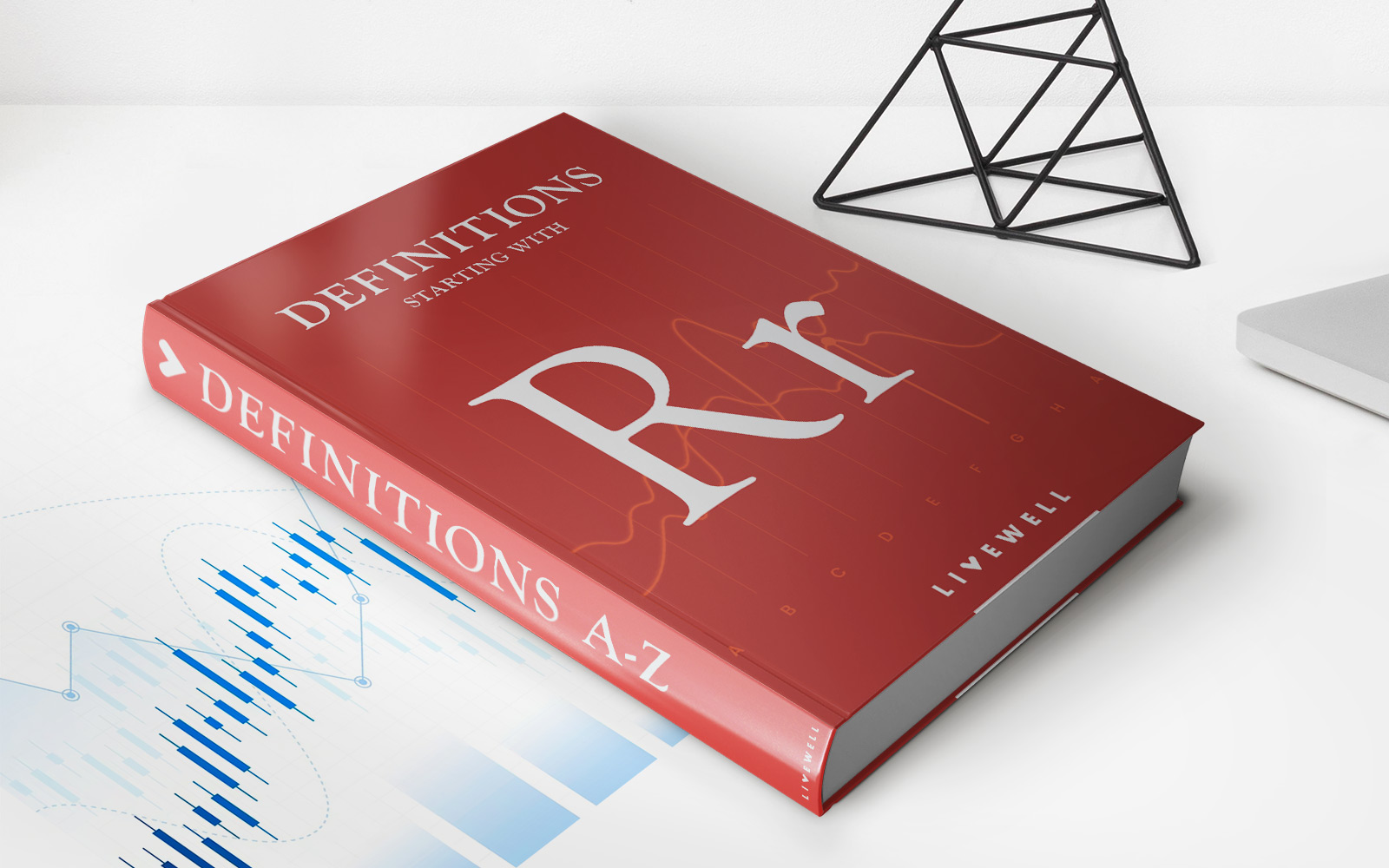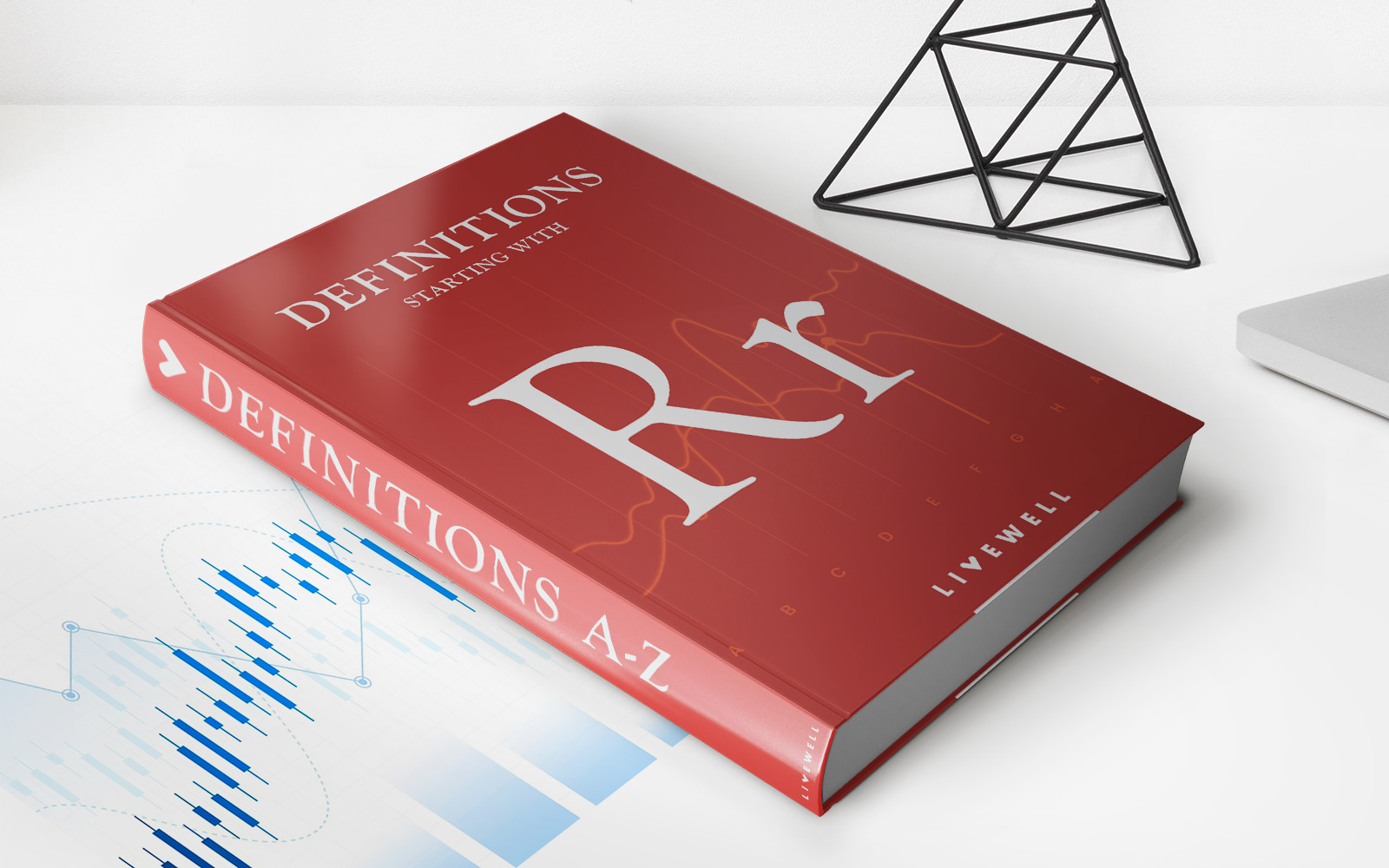

Finance
Regulatory Capture Definition With Examples
Published: January 18, 2024
Explore the concept of regulatory capture in finance with examples. Learn how powerful institutions can influence regulations to their advantage, impacting the economy and public welfare.
(Many of the links in this article redirect to a specific reviewed product. Your purchase of these products through affiliate links helps to generate commission for LiveWell, at no extra cost. Learn more)
Understanding Regulatory Capture: Shedding Light on Financial Influence
Welcome to the “Finance” category on our page! In this blog post, we will delve into the intriguing concept of regulatory capture, a phenomenon that has significant implications in the world of finance. So, what exactly is regulatory capture? Let’s explore its definition, examples, and its impact on the financial sector.
Key Takeaways:
- Regulatory capture refers to a situation where government regulatory agencies responsible for overseeing specific industries end up being influenced or dominated by the very industry they were designed to regulate.
- Ultimately, regulatory capture can lead to policies and regulations that favor the interests of the regulated industry, rather than protecting the public interest.
The Definition of Regulatory Capture
Regulatory capture is a concept that describes a scenario in which regulatory agencies, such as financial regulatory bodies, become subject to the influence and control of the industries they are supposed to regulate. Instead of acting as independent entities responsible for safeguarding the public interest, these agencies can end up serving the interests of the industry they oversee.
Regulatory capture often occurs when influential organizations or individuals within the regulated industry exert their power and influence over regulatory agencies. This influence can take various forms, such as lobbying efforts, campaign contributions, and the revolving door phenomenon, where individuals move between positions in the industry and regulatory agencies.
Examples of Regulatory Capture
Now, let’s take a look at a few real-world examples that illustrate the occurrence of regulatory capture:
- The 2008 Financial Crisis: Many experts argue that regulatory capture played a role in the financial crisis. It is alleged that regulatory agencies tasked with overseeing financial institutions failed to enforce regulations strictly and allowed risky behaviors to go unchecked. This lax approach was believed to be influenced by the close relationships between regulators and the financial industry.
- Pharmaceutical Industry Regulation: Another example can be seen in the pharmaceutical industry, where regulatory capture can occur through proprietary information and financial ties between regulatory authorities and pharmaceutical companies. This influence can potentially compromise the evaluation of drug safety and efficacy, putting public health at risk.
- Environmental Regulations and Industries: The relationship between regulatory agencies and industries can also lead to regulatory capture in environmental regulations. Industries with significant impact on the environment might influence regulators to create regulations that are lenient or favor their own interests, allowing them to continue harmful practices.
The Impact of Regulatory Capture
The consequences of regulatory capture can be far-reaching, affecting both the industry being regulated and the general public. Here are some key takeaways:
- Tilting the Balance of Power: Regulatory capture shifts the power dynamics between regulators and the regulated industry. It can result in policies and regulations that disproportionately favor the interests of the industry, potentially stifling competition and harming consumers.
- Undermining the Public Interest: When regulatory agencies are captured, their duty to protect the public interest can be compromised. This can lead to weakened consumer protection, reduced oversight, and a lack of accountability within the regulated sector.
It is important to note that while regulatory capture is a concerning phenomenon, efforts can be made to mitigate its effects. Transparency, accountability, and independence within regulatory agencies are crucial to ensuring effective regulation that truly serves the public interest.
Understanding regulatory capture brings to light the complexities of the relationship between regulatory agencies and the industries they oversee. By recognizing and addressing this issue, we can work towards a more balanced and fair regulatory environment in the financial sector and beyond.














